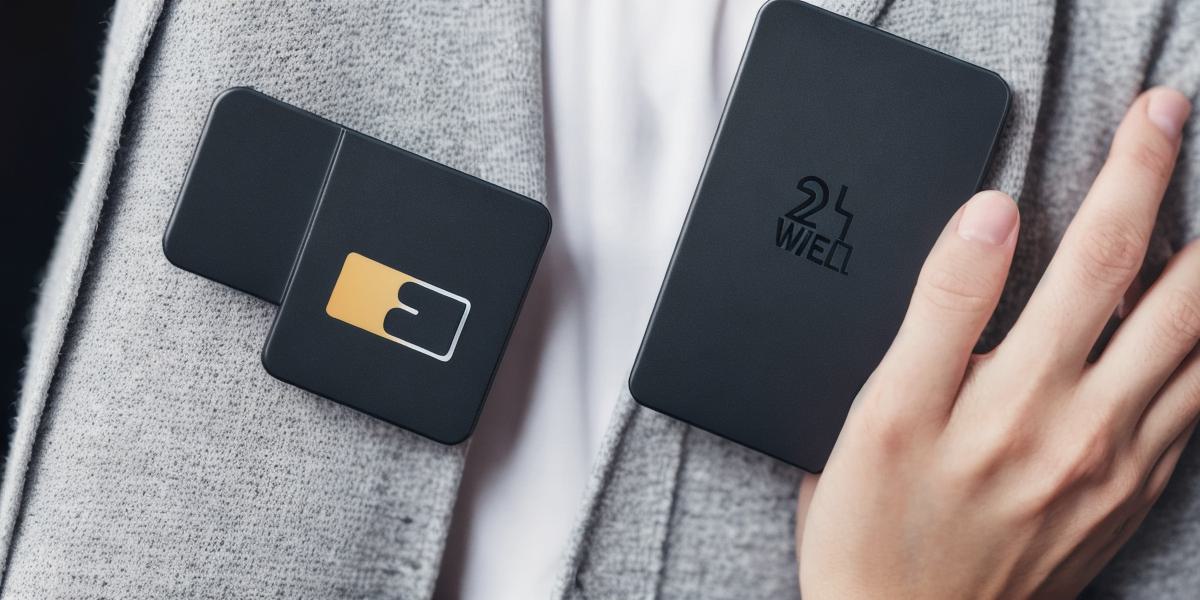Web3 is revolutionizing the way we interact with data and applications online. Whether you’re a developer, user or just curious about this decentralized technology, securing your experience is crucial to protect your data and prevent potential attacks. Two-factor authentication (2FA) can be an effective way to add an extra layer of security to your Web3 activities. In this guide, we’ll explore everything you need to know about 2FA and how it can help keep your Web3 experience safe.
What is 2FA?
Two-factor authentication (2FA) adds an additional layer of security to your accounts by requiring a second form of identification in addition to your password. This can include something you know, like a PIN or password, something you have, like a physical token or smartphone, or something you are, like a biometric identifier.
Why is 2FA important for Web3?
Web3 applications rely heavily on cryptography and decentralized storage to protect user data. However, this doesn’t mean that Web3 users are immune to cyber threats. In fact, Web3 applications have become increasingly popular targets for hackers due to the large amounts of valuable digital assets stored on these platforms. 2FA can help prevent unauthorized access to your accounts and protect your sensitive information.
How does 2FA work?
There are several ways that 2FA can be implemented, including:

- SMS-based authentication: This is the most common form of 2FA and involves sending a code to your phone via text message. You then enter this code along with your password to log in.
- Google Authenticator: This is a popular 2FA app that generates a time-based one-time password (TOTP) for each login attempt. The TOTP is valid for only a short period of time and must be entered within that time frame to gain access.
- Hardware tokens: These are physical devices that generate unique codes that must be entered in addition to your password to log in. They can be more secure than other methods, but also more expensive.
What are the benefits of using 2FA for Web3?
- Stronger security: By requiring an additional form of identification, 2FA makes it much harder for hackers to gain access to your accounts. This can help protect your sensitive information and prevent unauthorized access to your digital assets.
- Increased user trust: Using 2FA can give users the confidence that their data is secure and protected from potential threats.
- Improved compliance: Many Web3 platforms are subject to strict regulations around data security, and using 2FA can help demonstrate that you take these regulations seriously.

Case study: Securing a Web3 wallet with 2FA
Let’s say you have a Web3 wallet that stores valuable digital assets. Without 2FA, your account could be vulnerable to hackers who gain access to your password. By implementing 2FA, you can add an additional layer of security to your account and protect your assets from potential attacks. For example, you could use SMS-based authentication to receive a code that you must enter along with your password to log in. This would make it much harder for hackers to gain access to your account and steal your digital assets.
FAQs
- Is 2FA required for all Web3 applications?
No, not all Web3 applications require 2FA. However, many popular platforms do offer this feature as an option to users who want to add an extra layer of security to their accounts. - How often should I use 2FA?
It’s recommended to use 2FA every time you log in to your Web3 account, especially if you’re accessing the platform from a new device or location. - Can 2FA be bypassed?
While 2FA can be effective at adding an extra layer of security to your accounts, it’s not foolproof
